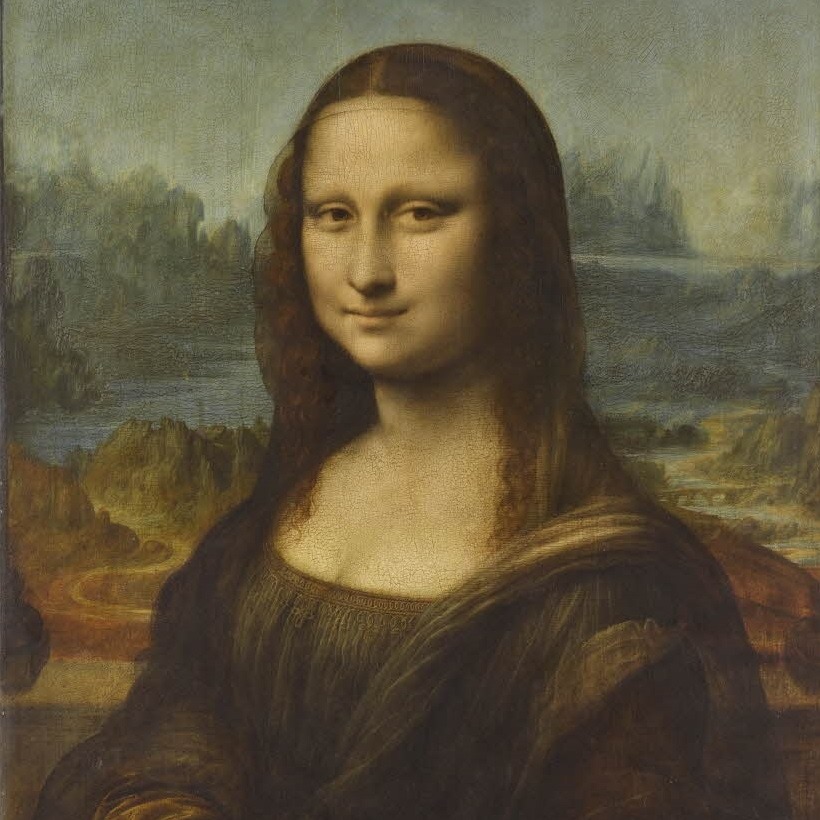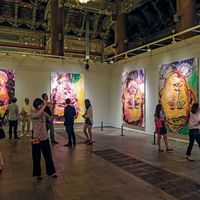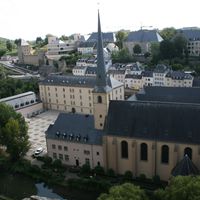Louvre Museum

Founded in 1793 as a museum for all, the Louvre Museum celebrates humanity's long journey with the remarkable scope of a collection that spans thousands of years, reaches from America to the borders of India and China, and is highlighted by such iconic, universally admired works as the Mona Lisa, the Venus de Milo and the Victory of Samothrace.
Once a home to kings, the Louvre has enduring, intimate links with French history, drawing on the spirit of the Revolution and its notion of perpetual evolution, innovation, influence, and alertness to the new. A museum for all by virtue of the sheer variety of its collection, the Louvre further highlights its universal reach via the diversity of its 8.5 million annual visitors and an ongoing determination to make contact with the widest possible French and international audience.
The Louvre and its associated institutions — the Musée Eugène Delacroix and the Tuileries Gardens — are working to broaden its audience. In France this notably takes the form of an active deposits policy and the organisation of exhibitions in other venues, in the context of close cooperation with regional museums.
The Louvre is increasingly a major player on the cultural diplomacy front, with this international outreach finding expression in exhibitions: in Europe, but also in the United States, Japan, Saudi Arabia, China, Korea, Australia, Singapore, Oman, and Canada.
Similar content
posted on
23 Sep 2014
posted on
30 Nov 2011
posted on
22 Nov 2017
from - to
01 Nov 2019 - 30 Nov 2019
20 Dec 2013




